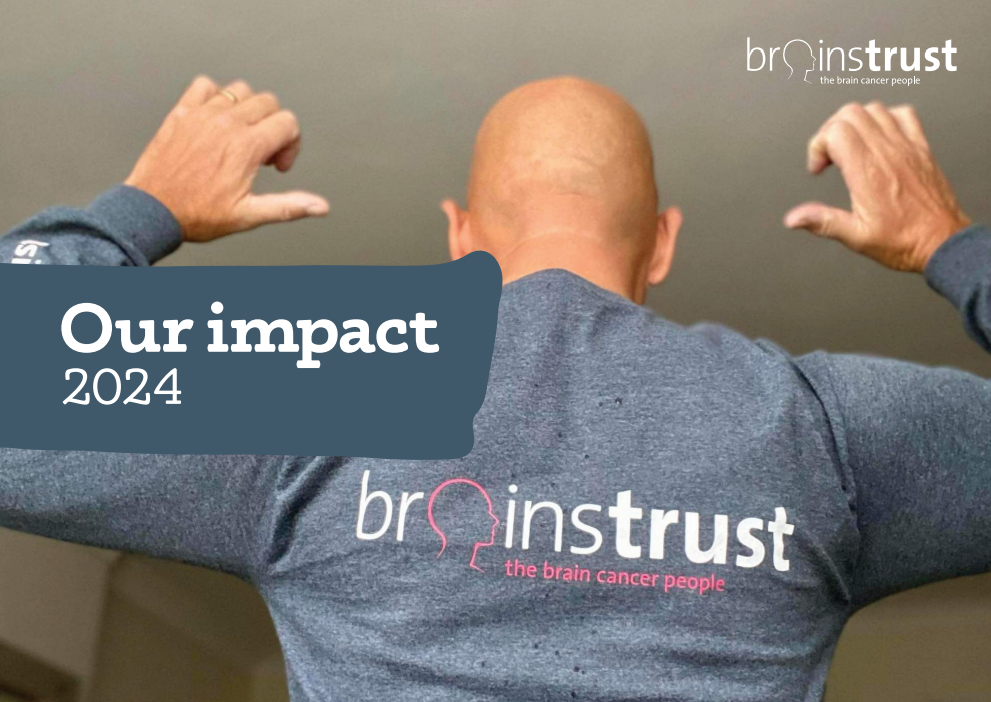Meet Pete and Jo — two incredible supporters who have organised a Superman Movie Marathon Watch Party to raise vital funds for people living with a brain tumour.
Pete has had surgery and treatment for a brain tumour and wanted to give back to brainstrust, the charity that has supported him and Jo throughout their journey. Together, they’ve created an inclusive, accessible challenge that anyone can join from home — a heroic feat of movie marathoning to help people feel less alone. Click here to read Jo & Pete’s moving story!
What’s happening?
It’s a two-day Superman movie marathon and online watch party. Many people in our brain tumour community can’t take part in physical fundraising events — this is a challenge everyone can get involved in, wherever they are.
The weekend will include:
- 5 classic Superman movies (Superman 1978, Superman II, Superman III, Superman IV: The Quest for Peace and Superman Returns)
- Scheduled breaks to chat and connect
- Optional Superman-themed quiz to round off day 2
- Live text & voice channels throughout the weekend
When?
Weekend of 2 – 3 August 2025
Starts: Saturday 2nd August, 12:00pm
Ends: Sunday 3rd August, around 6:00pm
Where?
The watch party will be hosted online via Discord — you’ll receive the joining link by email after registering!
Why join?
This fully accessible event means everyone can do their bit to support people living with a brain tumour and their loved ones. Every penny raised goes directly to help us provide crucial support when it’s needed most. Let’s fly high together and make a real difference!





